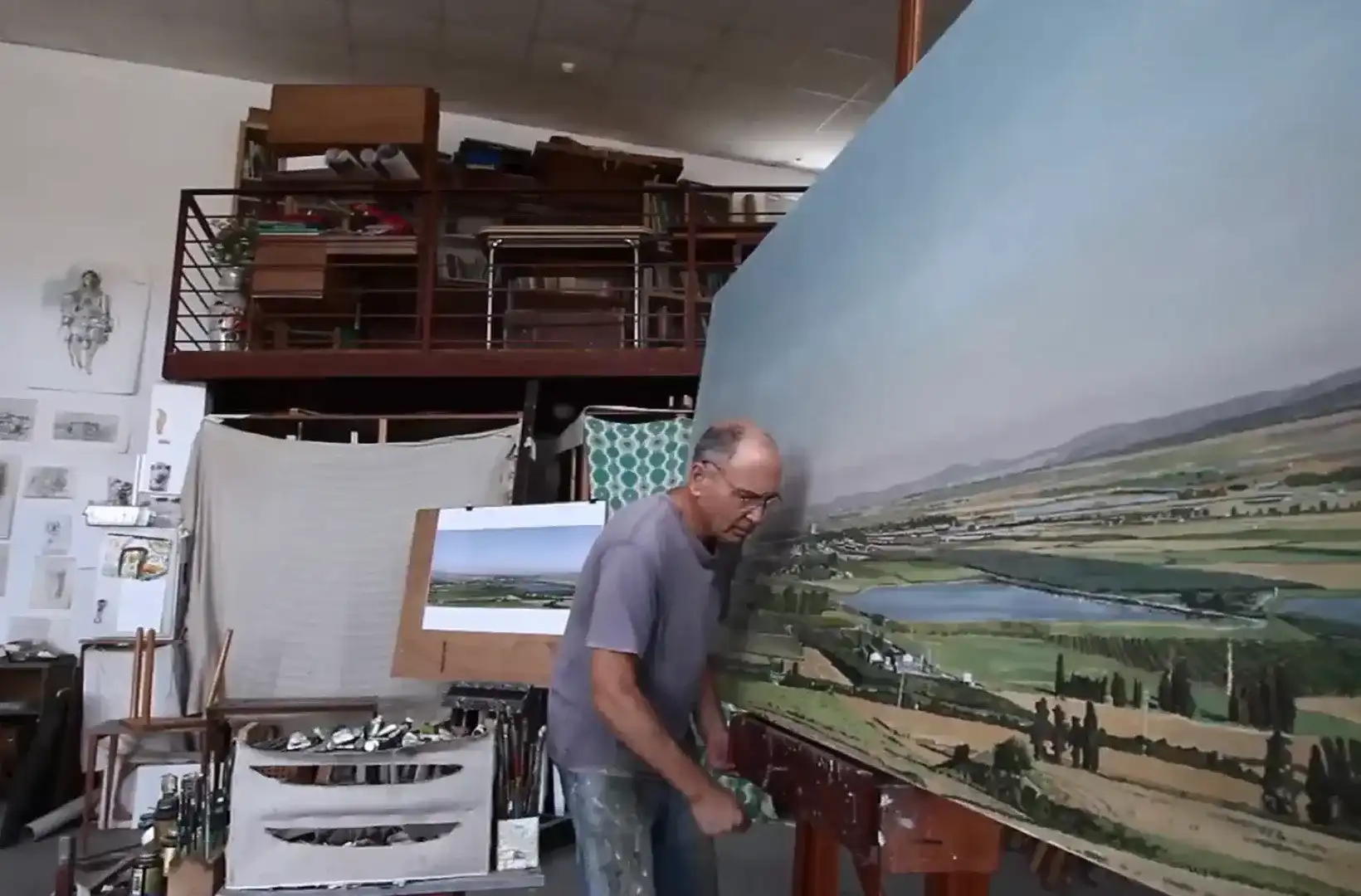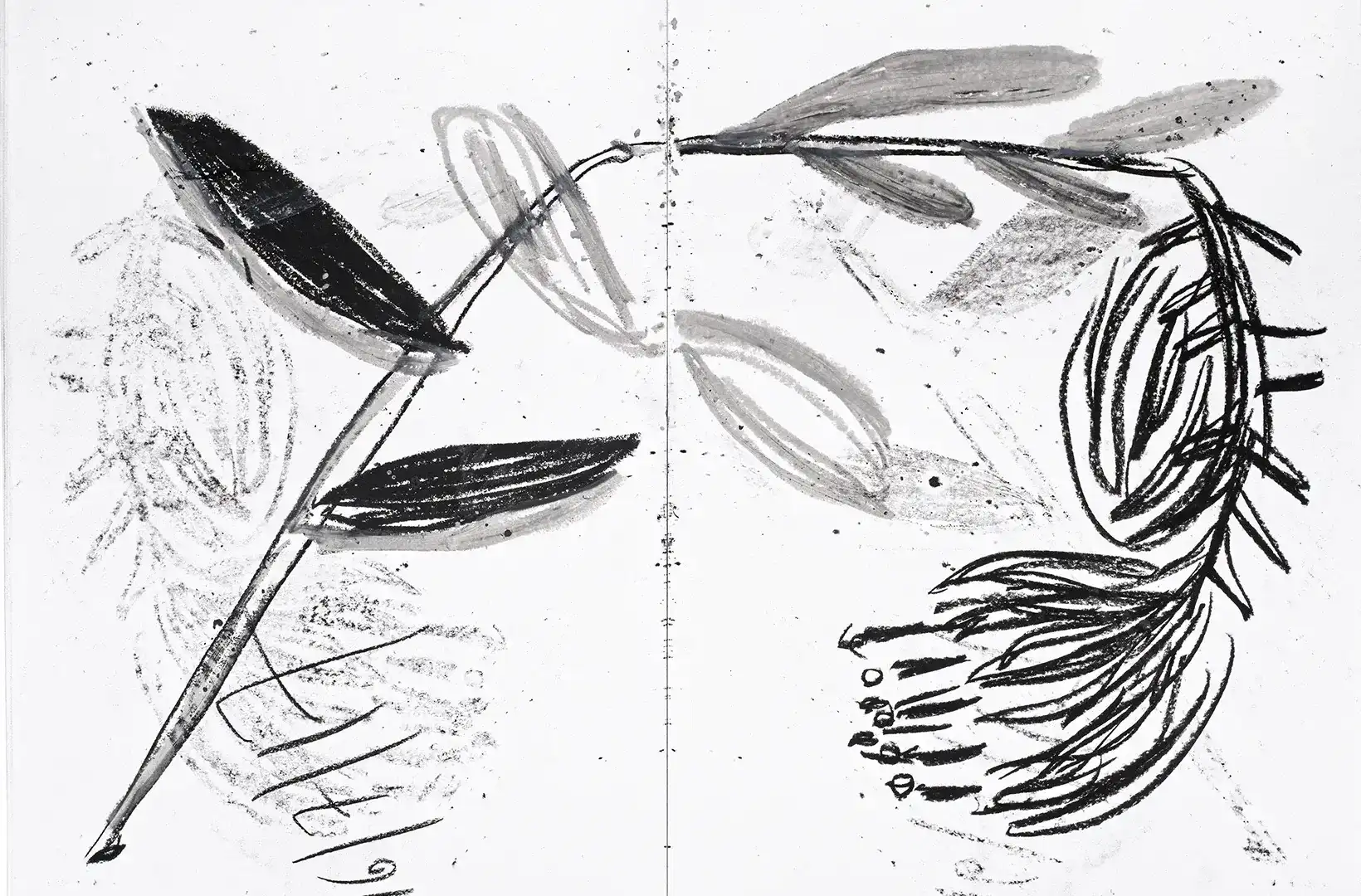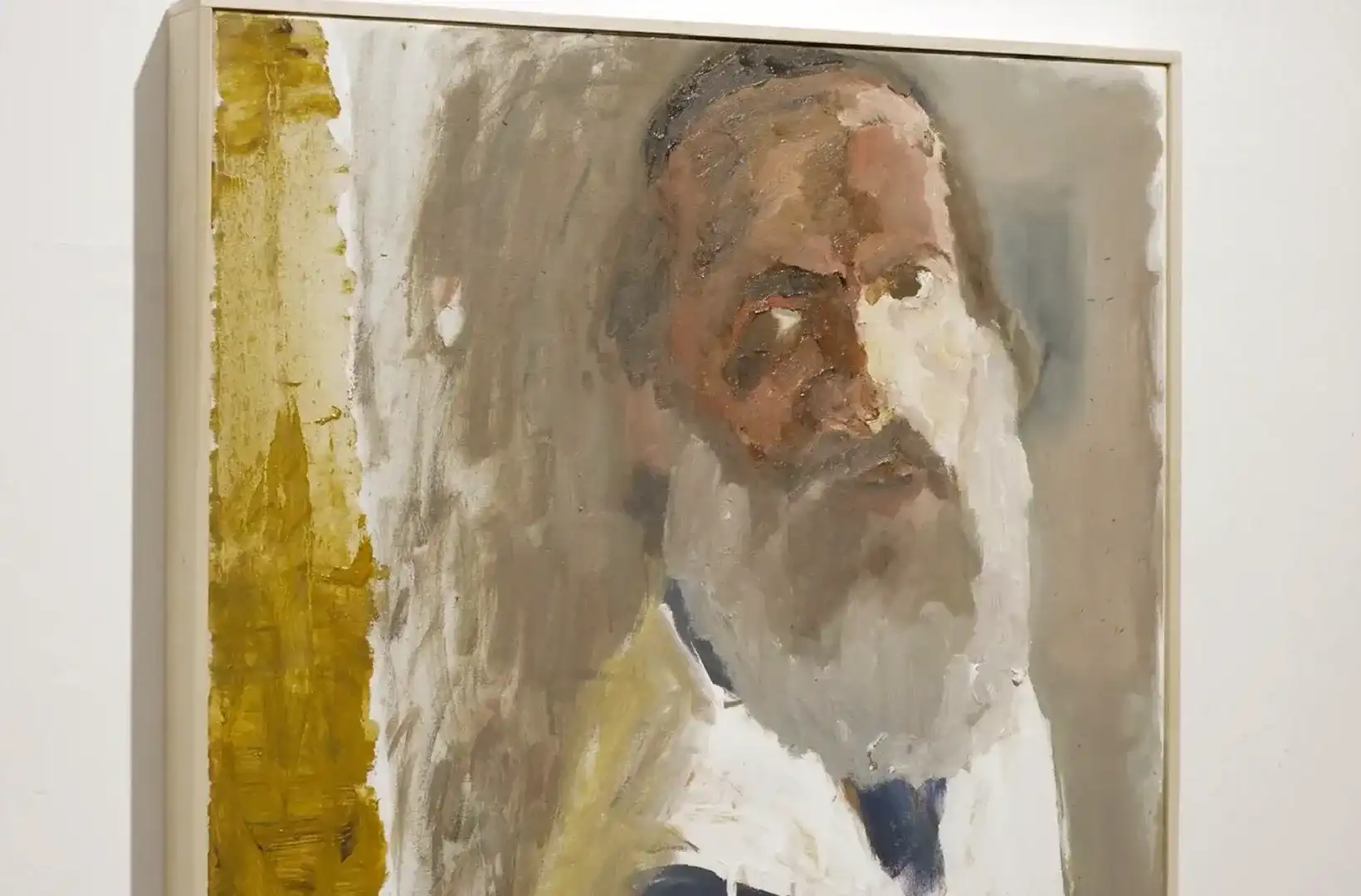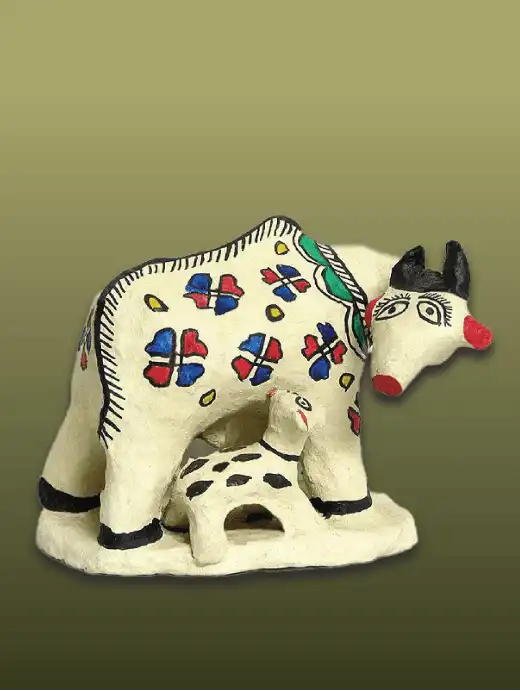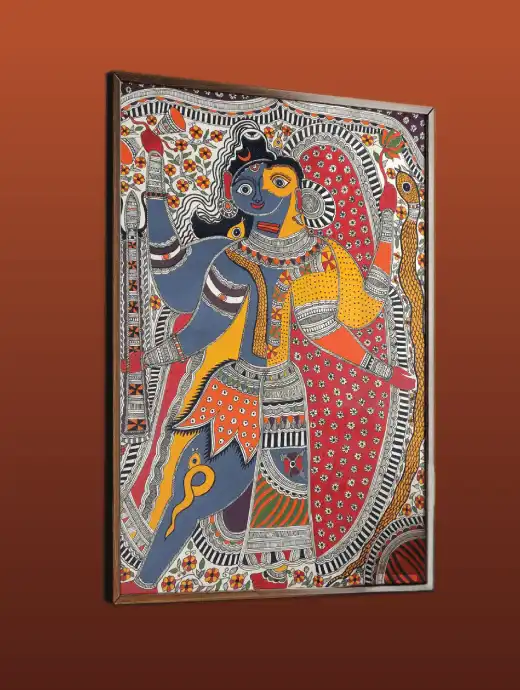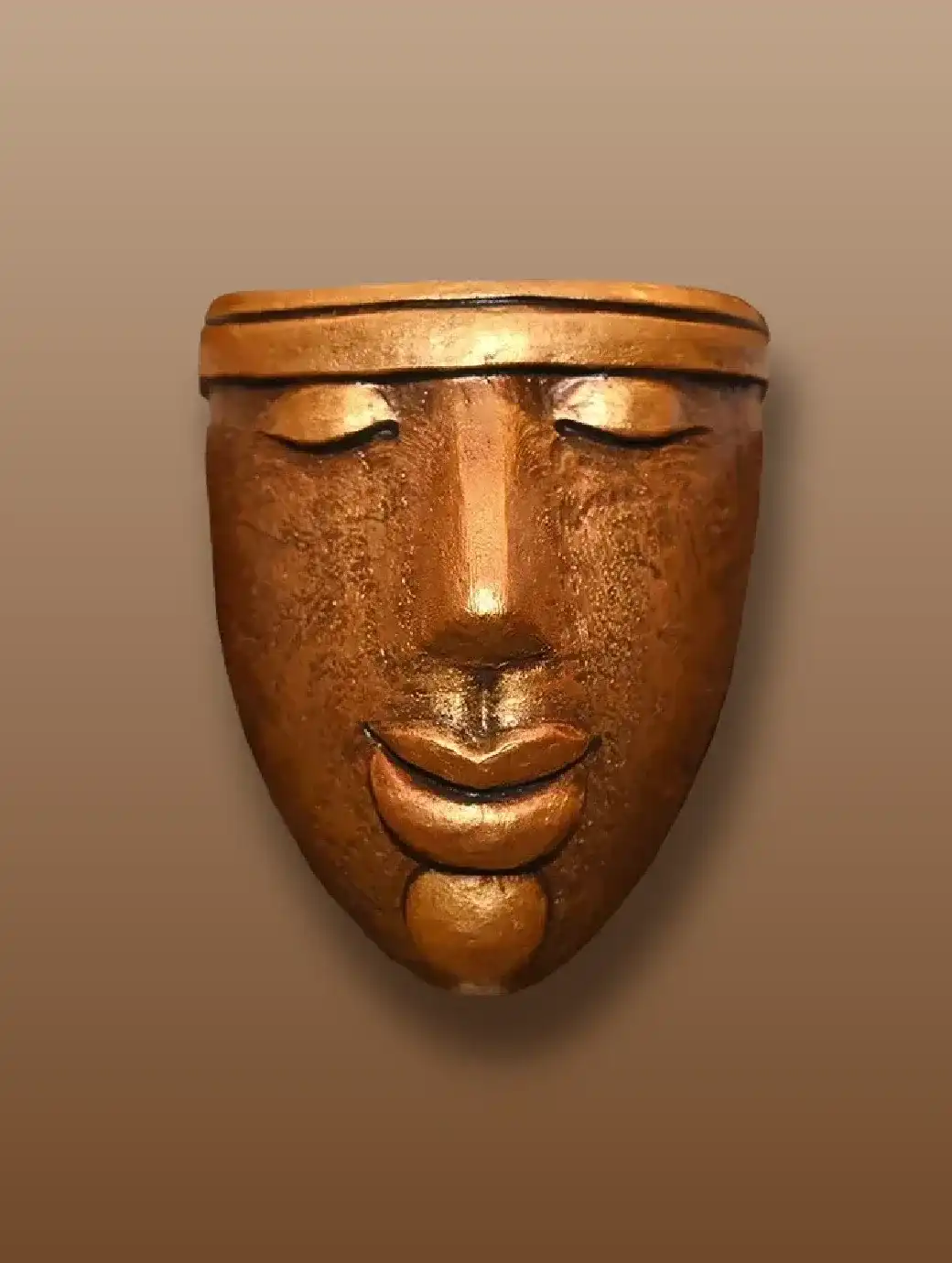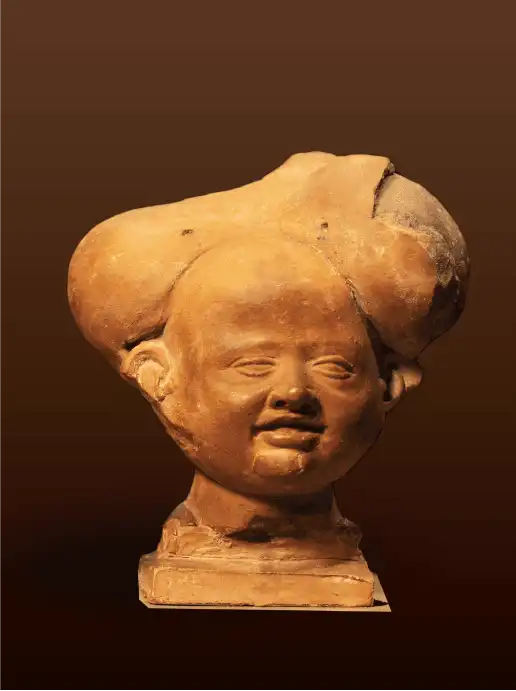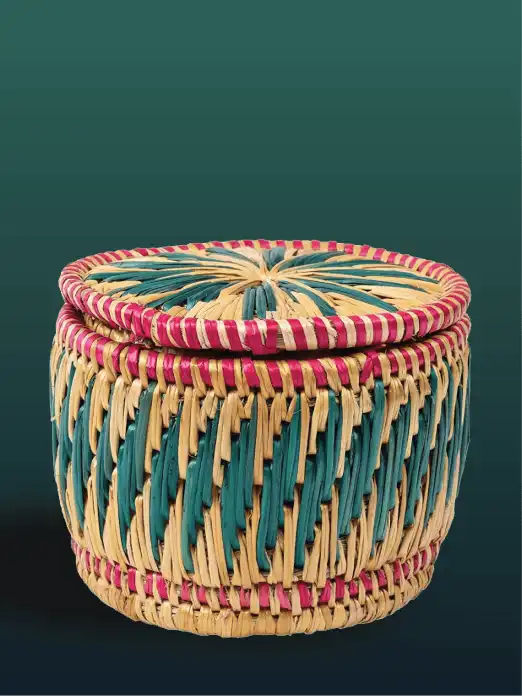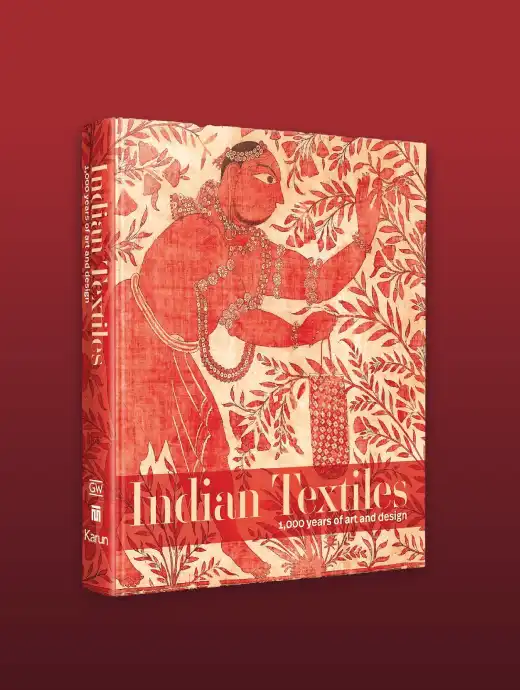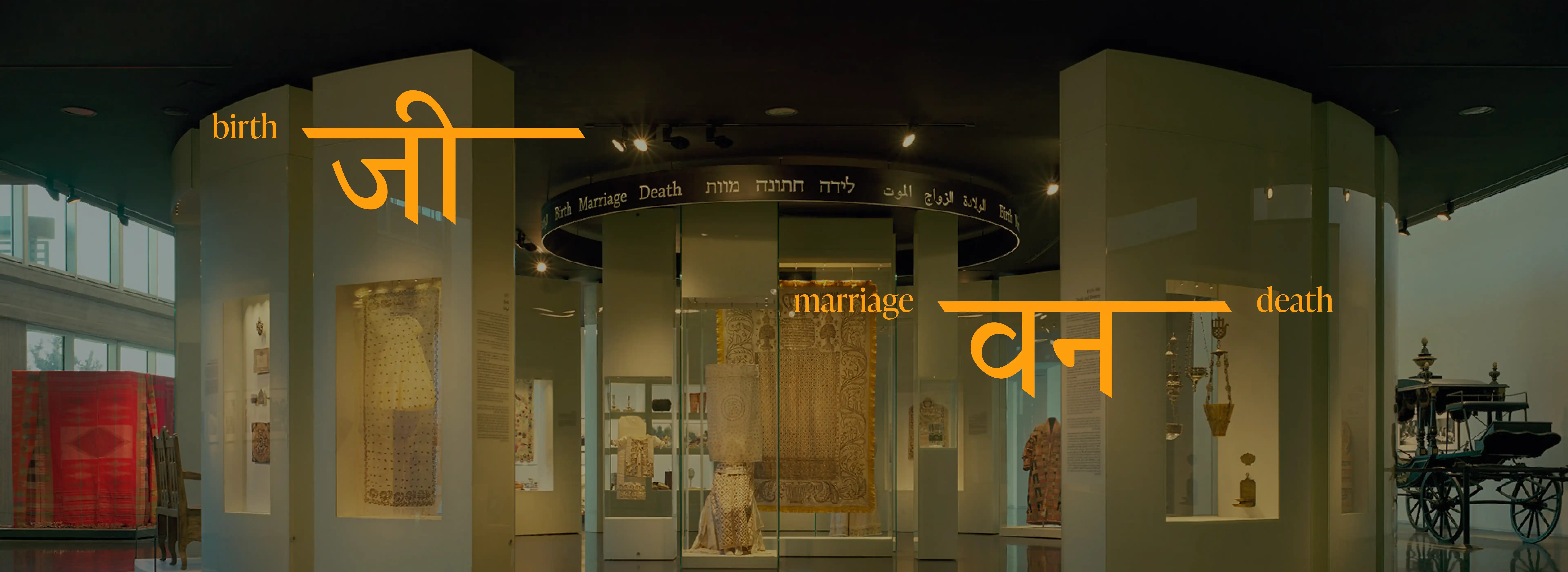
Israel in the Bihar Museum Biennale 2023
15 Sept - 15 Oct' 23
10AM - 5PM
15 Sept - 15 Oct' 23
10AM - 5PM
*included with your museum entry ticket
*included with your museum entry ticket
Israel in the Bihar Museum Biennale 2023
15 Sept - 15 Oct' 23
10AM - 5PM
15 Sept - 15 Oct' 23
10AM - 5PM
*included with your museum entry ticket
*included with your museum entry ticket
The Israel Museum is the largest cultural institution in Israel and is considered one of the world's top art and archaeology museums. Established in 1965, and designed by Alfred Mansfeld and Dora Gad, it has a diverse collection of nearly 500,000 objects, ranging from prehistoric artifacts to contemporary works. The museum is known for its extensive collection of biblical and Holy Land archaeology. The museum's campus includes notable features such as the Shrine of the Book, which houses the Dead Sea Scrolls, and the Model of Jerusalem in the Second Temple Period. The Billy Rose Art Garden, designed by Isamu Noguchi, is a renowned outdoor sculpture setting. The Ruth Youth Wing for Art Education offers a wide range of programs for schoolchildren.
Filmed over the course of ten years, A lullaby for the Valley focuses on the fascinating figure of artist Elie Shamir and his paintings. He paints the view from his studio balcony – fields stretching to the horizon, ancient oak trees, and a generation of farmers that is disappearing from the vistas of the Jezreel Valley. His large oils are treasured by collectors worldwide. Director Ben Shani’s encounter with one of Shamir’s works spawned the idea of documenting the artist at work.
She joins a guided tour of an exhibition by a famous painter. The man in the self-portraits is her father, but only a few people know that. She contacts the artist for the first time in a decade and shares her idea of making a film about their relationship, rekindled by his artwork. Excited, the artist sends her to film his exhibition. As the work on the film develops, she discovers that meeting the man behind the portraits is her real challenge.
A tour of the archeology wing of the museum
A tour of the museum's sculpture yard
This exhibition explores the dynamics of power, cultural heritage, and marginalized communities in Israel. Both artists, belonging to Eastern Jewish backgrounds and growing up on the periphery of Israeli society, bring forth narratives that have been overlooked by the mainstream. Through their artworks, they challenge dominant narratives and reclaim the place of their respective communities within Israeli history and culture. The exhibition delves into themes of displacement, assimilation, and the erasure of traditions, highlighting the complexities of cultural identity and the impact of migration. By incorporating symbols, such as the Sea of Galilee and flowers, the artists invite viewers to reflect on the experiences of uprootedness, exile, and the search for belonging.
Artist
Leor Grady is an Israeli-born visual artist. His conceptual, sculptural, threaded and video works explore themes of home and identity politics. Through various mediums, he subversively repositions everyday objects, concepts and experiences to imbue them with poetic meaning. Grady's photographs emphasize the readiness of the plants that are cultivated by Yemenite Jews and emphasize their connection to the community's being in the world. Through his art, he challenges the oppressive aspects of Jewish-Israeli internal colonialism and reclaims the place of Yemenite Jews in Israeli history.
Artist
A French-Israeli artist, working at the intersection of video, photography, performance, drawing, architecture and social action, Joseph Dadoune is interested in the tensions between East and West, religious and secular life, centralized power and periphery, and real and imaginary. His works also resonate with issues related to colonialism, gender and identity. Drawing from his own background as a second-generation immigrant from Algeria and France, Dadoune explores the complexities of cultural assimilation and the erasure of traditions. His pieces often incorporate symbolic elements, such as flowers and passports, to convey narratives of exile and uprootedness.
Must Know
EVENT INFORMATION
MUSEUM HOURS
BUY MUSEUM ENTRY TICKET AT THE COUNTER
BUY MUSEUM ENTRY TICKET AT THE COUNTER
